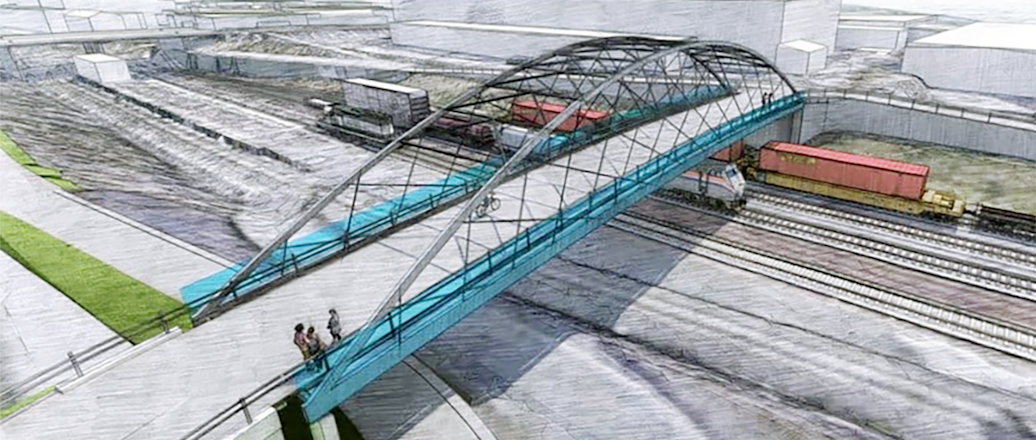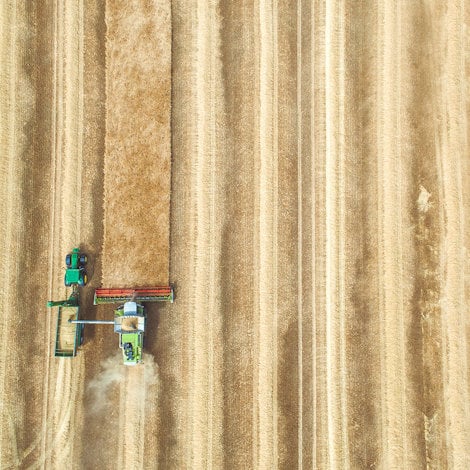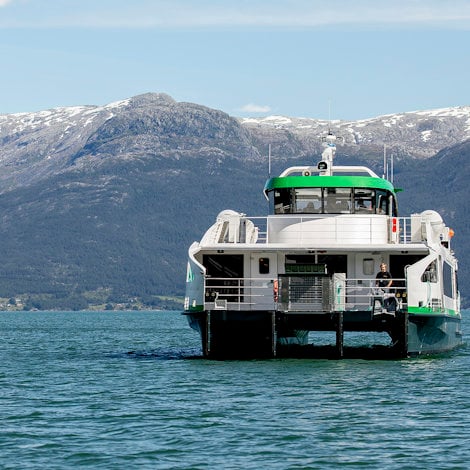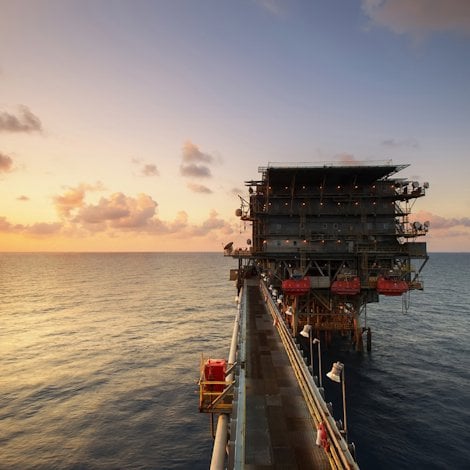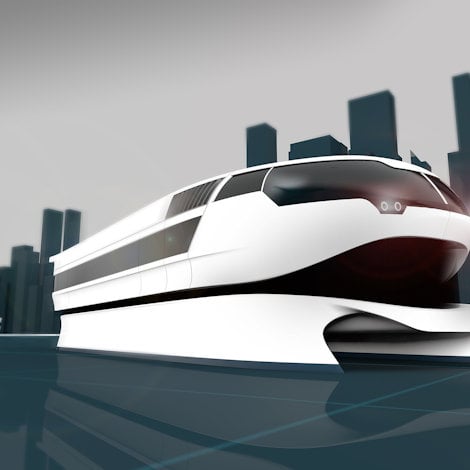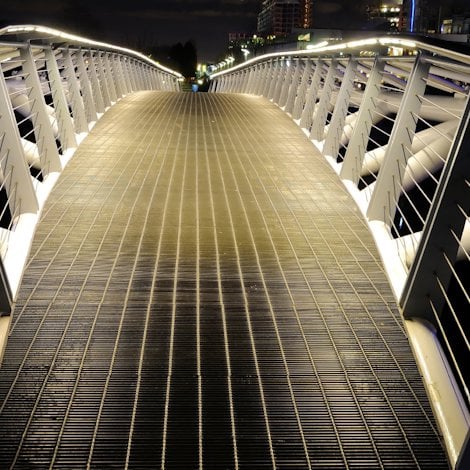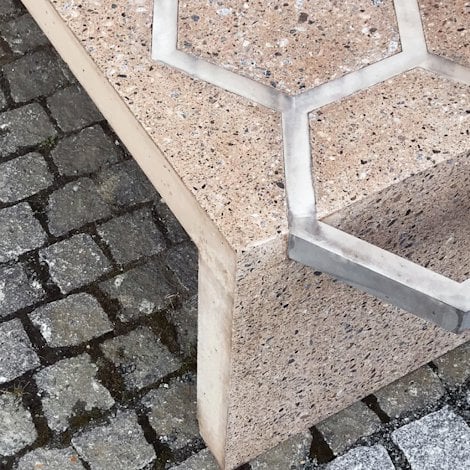Why we are going to see more aluminium in bridges
I wrote a few years ago that the time was right to begin building suspension bridges with aluminium girders, but I might have been a bit too eager. Now the time really is right, because we now have the research, the results, the projects and the country: Norway has more than 22,000 bridges.
I have to say that 2023 has been a good year for aluminium in general, and also with regard to the work we are doing to present aluminium as a great solution to be used in bridges. We have now three ongoing projects in Norway that will result in real-time demos to prove the benefits. These cases represent a wide span of different types of bridges where aluminium would be a great option:
- Grødola Bridge. This 18-meter-long aluminium-reinforced concrete bridge crossing the Grødola River in Sunndal replaced a stone bridge. The bridge utilizes recycled aluminium reinforcements and thinner concrete slabs, cutting emissions up to 80%. Using aluminium instead of steel reinforcement in concrete is truly a technical revolution.
- Grøtta Bridge. By using aluminium, this bridge in Rauma is expected to have lower greenhouse gas emissions than a concrete and/or steel bridge, over the entire life cycle. In addition, by using aluminium, it will result in lower operational and maintenance costs than the alternatives that were investigated. This will be the first bridge in Norway built by using extruded aluminium profiles when completed in 2025/26.
- Hangar Bridge. This 55-meter-long, 9-meter-wide suspension bridge in Trondheim will be built in 2024/25. Also built strong enough for maintenance vehicles and snowplows, the deck and superstructure of this pedestrian bridge will be constructed in aluminium. By using aluminium, it is possible to build the bridge in only one span, slimmer and lighter than the alternative of a steel bridge.
We are also continuing the project work on the Langenuen Bridge, just south of Bergen on the west coast of Norway. The Langenuen Bridge is part of a $47 billion proposal to link together Norway's rugged western coastline and is the nation's largest and toughest infrastructure project yet: The E39 Mega Highway. The main span of the Langenuen suspension bridge is around 1,250 meters, and with an aluminium deck, it would become the longest and largest aluminium bridge in the world. By replacing steel with aluminium, the dead weight of the bridge would be reduced by several thousand tonnes. And having lighter weight has a positive cascading effect on the bridge’s other components, such as towers and cables.
By the way, the Langenuen Bridge is going to have a four-lane motorway, with 110 km/h on the stretch.
Spreading knowledge about aluminium in bridges
These milestones did not happen overnight. In 2016, we began looking at bridge projects where aluminium could feasibly replace steel and stay cost competitive. But the overall market knowledge about aluminium being used in bridges was low, and it remains relatively low, although new research from various collaborations is improving this picture.
In our fact-finding constellations, the project groups have included Hydro, Leirvik AS, Statens Vegvesen (Norwegian Public Roads Administration), universities and research institutions in Norway, Canada and Sweden. We’ve looked into fatigue parameters, friction stir welding capacity for joining, thicknesses and design optimization.
The decision on the Grøtta Bridge was based on pre-studies done within the scope of the European AluGreen initiative, which included a third-party life cycle analysis examining three alternatives: steel/concrete, steel girders, and aluminium.
In our first study, the “Langenuen Project,” we looked primarily at installation costs, not maintenance costs. The results were positive, and these were confirmed by two independent auditors. Another two-year study followed, and it concluded that all the facts from the first report about feasibility were correct. Included was the point that fatigue could be fixed with design and the use of support plates.
In addition, we have shown that using secondary (recycled) aluminium is positive and that carbon footprint has gotten very important.
Our biggest win has been in spreading the knowledge that aluminium is a very suitable material to be used in bridges.
Parametric design and machine-learning algorithms with Langenuen
We used a parametric design process and machine-learning algorithms to help evaluate thousands of combinations of deck heights and cable geometries to find the best solution for the Langenuen Bridge. We also used conventional engineering assessments, while taking into account stability, fatigue and cost factors.
The load on a suspension bridge is largely influenced by the own weight of the bridge, which makes using a light material such as aluminium beneficial. However, you still need to have sufficient stability, and in this case, weight and stiffness are often beneficial.
What we concluded in the Langenuen project is that it can be competitive to make the deck in aluminium and have a bridge with sufficient stability. Our biggest challenge has been to ensure fatigue life for the relevant traffic load, since aluminium has a lower permitted capacity for fatigue for the typical connections, than steel. But we found that by taking this into account in the detailing of the design of the bridge, we could document sufficient capacity.
In this case, we considered several different deck concepts. Some used stiffened plate structures similar to conventional steel decks, others used extruded profiles and panels. By making use of the best properties of the aluminium products available, and assembly techniques, we believe that aluminium is at least as good an alternative as conventional decks in steel.
Feasibility of aluminium in bridges
When you look at building bridges in aluminium – suspension bridges, with motorways – you need to understand that one company will be unable to do the job alone. You need collaboration because you are going to require different offerings. I already mentioned two: extrusion-intensive and plate-intensive solutions.
But we are proving that aluminium in general is a viable choice. And now we have projects to realize.
Norway has more than 22,000 bridges of various sizes. It is a great place to see in practice what we already know theoretically with regard to the feasibility of aluminium in bridges.

